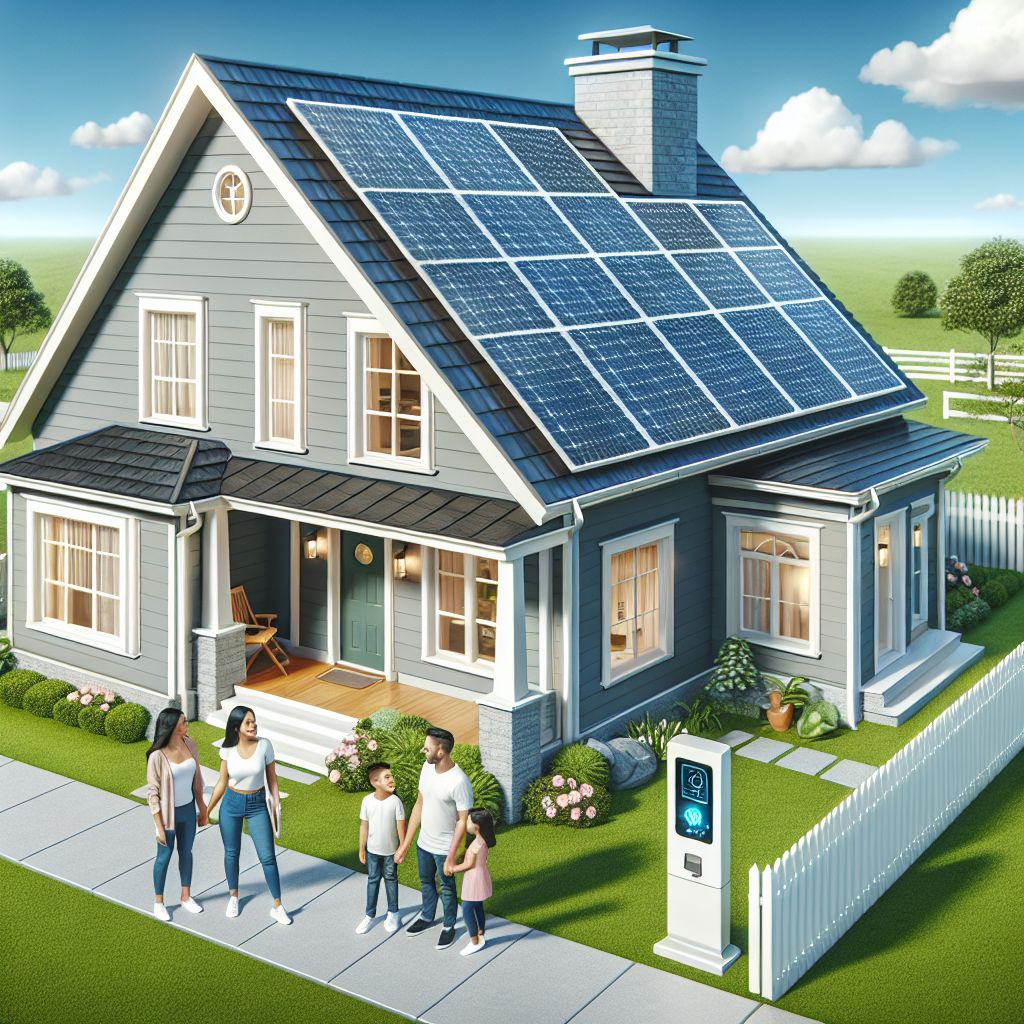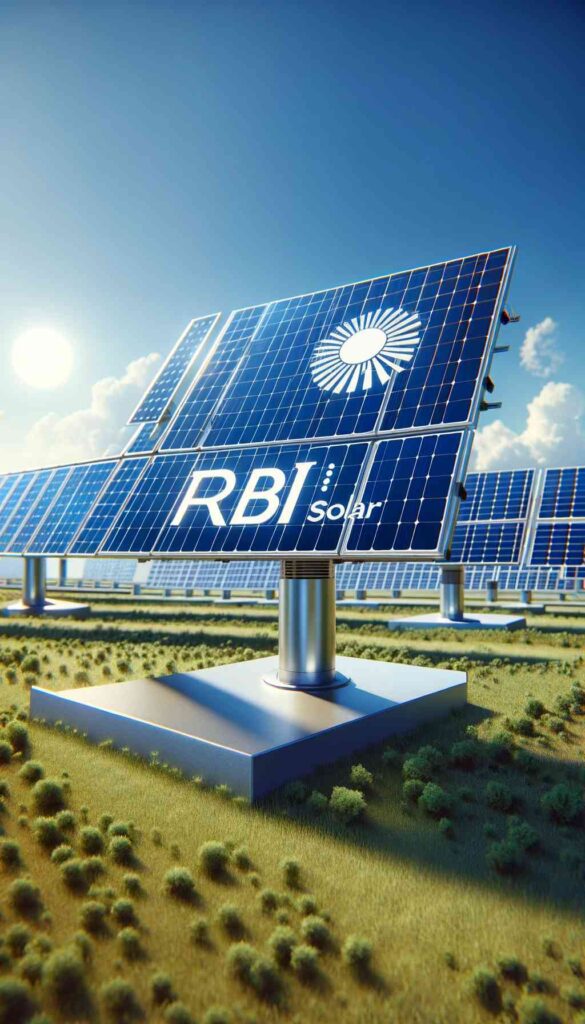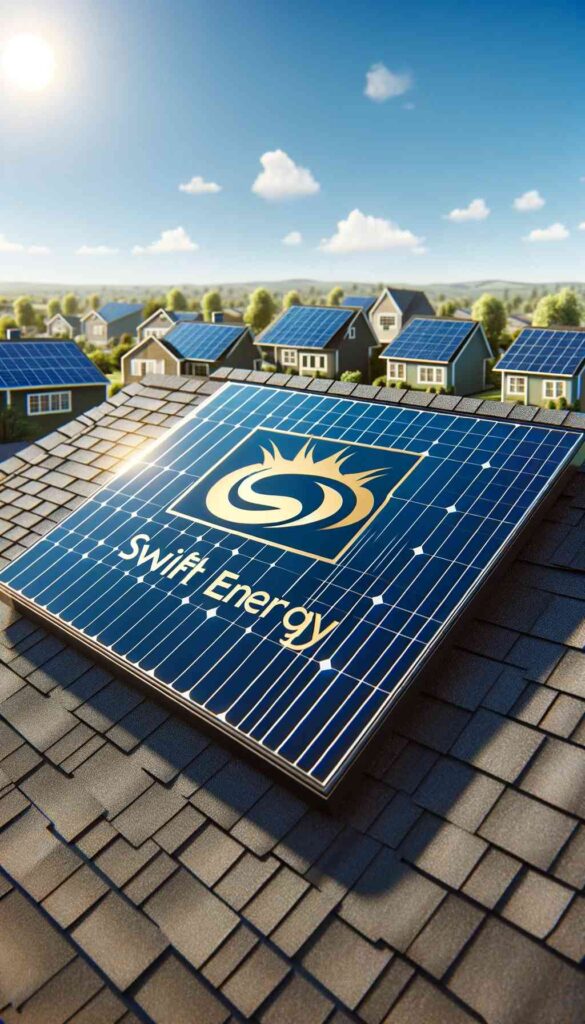
Key Takeaways
- Solar panels can significantly reduce your electricity bills over time, offering savings between $28,000 and $120,000 over their lifespan.
- The initial cost of installing solar panels ranges from $15,000 to $25,000, but tax credits and incentives can lower this cost substantially.
- Solar power is a clean energy source that reduces carbon emissions and helps combat climate change.
- Advancements in solar technology continue to improve efficiency and reduce costs, making solar energy more accessible.
- Net metering allows homeowners to earn credits for excess electricity generated, further increasing financial benefits.
The Financial Impact of Solar Power
Switching to solar power isn’t just an environmental choice—it’s a financial one too. When you install solar panels, you reduce your reliance on grid electricity, which translates to lower utility bills. Over time, these savings add up, making solar a smart investment for the future.
Introduction to Solar Power Savings
Solar power offers a unique opportunity to cut down on energy costs while contributing to a sustainable future. By harnessing the sun’s energy, homeowners can generate their own electricity, which means less money spent on traditional power sources. But how exactly do these savings manifest over time?
Consider this: The average American household spends about $1,500 annually on electricity. With solar panels, this cost can be slashed significantly, sometimes to nearly zero, depending on your location and system size.
For example, in sunny states like California, a typical 6-kilowatt solar panel system can save a household approximately $100 per month on electricity bills.
Why Solar is a Game-Changer
Besides the obvious environmental benefits, solar power offers compelling financial advantages. The most immediate benefit is the reduction in monthly electricity bills. But the real game-changer lies in the long-term savings and potential earnings through mechanisms like net metering.
Net metering allows you to sell excess electricity back to the grid. This means your meter can actually run backward, giving you credits for energy you produce but don’t use. This can further reduce your electricity costs, sometimes resulting in a zero balance or even a credit.
Initial Setup Costs and Returns
Investing in solar panels requires an upfront cost, which often deters potential adopters. However, understanding the breakdown of these costs and the potential returns can make the decision easier. Typically, a residential solar panel system costs between $15,000 and $25,000 before any incentives or tax credits.
It’s important to note that federal and state incentives can significantly reduce these costs. The federal solar tax credit, for example, can reduce the cost by 26% if the system is installed before the end of 2022.
Let’s say your solar panel system costs $20,000. With the federal tax credit, you can save $5,200, bringing your total cost down to $14,800.

Understanding the Costs of Solar Installation
When considering solar installation, it’s essential to understand the various factors that influence the total cost. This knowledge empowers you to make informed decisions and potentially negotiate better deals.
Average Cost of Solar Panels
The cost of solar panels has decreased significantly over the past decade, thanks to technological advancements and increased market competition. On average, solar panels cost about $3 per watt, which translates to $15,000 to $25,000 for a standard residential system.
However, prices can vary based on factors like location, panel efficiency, and installer rates. It’s always a good idea to get multiple quotes to ensure you’re getting the best deal.
Factors Affecting Installation Costs
Several factors can affect the total cost of solar installation, including the type of equipment used.
- System Size: Larger systems generate more electricity but also cost more upfront.
- Panel Efficiency: More efficient panels may cost more but can generate more electricity in less space.
- Location: Solar incentives and electricity rates vary by state, affecting overall savings.
- Roof Condition: Roof repairs or upgrades can add to installation costs.
Comparing Traditional and Solar Energy Investments
When deciding between traditional energy sources and solar, it’s essential to consider both the short-term and long-term financial implications. While traditional energy may seem cheaper initially, the rising cost of electricity can erode these savings over time.
Solar energy, on the other hand, requires an upfront investment but offers predictable, long-term savings. Plus, solar panels typically have a lifespan of 25-30 years, providing decades of free electricity after the initial costs are recouped.
Return on Investment (ROI) Timeline
Understanding the return on investment (ROI) for solar panels is important for any homeowner considering this renewable energy source. Typically, homeowners can expect to see a return on their solar investment within 6 to 10 years. This timeline depends on several factors, including the initial cost of the system, the amount of electricity it generates, and local electricity rates.
To illustrate, if your solar panel system costs $18,000 and saves you $2,000 annually on electricity, your ROI would be approximately 9 years. After this period, the electricity generated is essentially free, which can lead to thousands of dollars in savings over the lifespan of the system.
Government Incentives and Tax Credits
Government incentives play a significant role in reducing the upfront costs of solar panel installations. The federal solar tax credit, also known as the Investment Tax Credit (ITC), allows you to deduct 26% of the cost of installing a solar energy system from your federal taxes. This credit applies to both residential and commercial systems and has been a driving force in the adoption of solar energy.
Many states also offer their own incentives, such as rebates and tax credits, which can further reduce the cost. For instance, some states provide property tax exemptions for solar installations, ensuring that adding solar panels does not increase your property tax bill.
Net Metering and Additional Income
Net metering is a billing mechanism that credits solar energy system owners for the electricity they add to the grid. If your system produces more electricity than you consume, you can sell this excess energy back to the grid, effectively running your electricity meter backward.
This process not only reduces your electricity bill but can also generate additional income. In some cases, homeowners receive monthly credits or payments for the surplus energy their systems produce. This financial benefit is a key reason why many homeowners decide to invest in solar energy.
Environmental and Economic Benefits
Solar energy is not only a wise financial investment but also a powerful tool for environmental preservation and economic growth. By reducing reliance on fossil fuels, solar power helps combat climate change and promote sustainability.
Positive Environmental Impact
Solar energy is a clean, renewable resource that significantly reduces greenhouse gas emissions. Unlike traditional energy sources, solar power does not produce air or water pollution, making it an essential component in the fight against climate change.
By choosing solar, homeowners can reduce their carbon footprint and contribute to a healthier planet. For example, a typical residential solar panel system can offset about 3 to 4 tons of carbon emissions annually, equivalent to planting over 100 trees each year.
Contribution to Local Economies
Solar energy also boosts local economies by creating jobs and stimulating economic growth. The solar industry is one of the fastest-growing sectors in the United States, employing hundreds of thousands of workers in manufacturing, installation, and maintenance roles.
Investing in solar power can also increase property values. Homes equipped with solar panels often sell faster and at a premium compared to non-solar homes, providing additional economic benefits for homeowners.

Propelling Advances in Solar Technology
Continuous advancements in solar technology have made solar energy more efficient and affordable than ever before. These innovations are vital for expanding access to solar power and maximizing its benefits.
Efficiency Improvements and Cost Reductions
Solar panel efficiency has improved dramatically over the years, allowing for more electricity generation from the same amount of sunlight. This increase in efficiency means that even homes with limited roof space can benefit from solar energy.
The cost of solar panels has also decreased by over 70% in the past decade, making them accessible to a wider audience. This price reduction, combined with government incentives, has made solar power a viable option for many homeowners.
Innovations in Solar Storage Solutions
One of the most exciting developments in solar technology is the advancement of solar storage solutions. Batteries like the Tesla Powerwall allow homeowners to store excess solar energy for use during cloudy days or at night, further increasing energy independence and savings.
These storage solutions are becoming more affordable and efficient, enabling homeowners to maximize their solar investment and reduce reliance on the grid. As technology continues to evolve, solar energy will become an even more attractive option for homeowners worldwide.
Barriers and Considerations for Homeowners
While solar power offers numerous benefits, there are some barriers and considerations that homeowners must address before making the switch. It’s essential to evaluate your home’s suitability for solar panels, understand financing options, and consider potential maintenance requirements.
Home Suitability for Solar Panels
Before diving into solar power, it’s important to determine if your home is suitable for solar panels. The most important factor is your roof’s exposure to sunlight. Ideally, your roof should have minimal shading from trees or buildings and face south or southwest to capture maximum sunlight. The roof’s condition is also important; it should be in good shape and have enough space to accommodate the number of panels needed for your energy goals.
Consider also your local climate and electricity rates. Homes in sunny regions with high electricity costs benefit the most from solar power. However, even in less sunny areas, solar panels can still provide significant savings over time, thanks to improved panel efficiency and available incentives.
Financing and Leasing Options
For many homeowners, the upfront cost of solar panels is a significant consideration. Thankfully, various financing and leasing options can make solar more accessible. You can purchase the system outright, which maximizes your long-term savings and eligibility for tax credits. However, if the initial cost is a barrier, solar loans or leases might be viable alternatives.
With a solar loan, you finance the purchase of your system and repay the loan over time, often with little to no money down. This option allows you to own the system and benefit from tax credits. Alternatively, solar leases and power purchase agreements (PPAs) let you pay a fixed monthly amount or per kilowatt-hour rate for using the solar system, without owning it. While these options might offer fewer savings than owning, they still reduce your electricity bills and provide environmental benefits.
Final Thoughts
Investing in solar power is a decision that offers both immediate and long-term benefits. It reduces electricity bills, increases property value, and contributes to a cleaner environment. By understanding the costs, benefits, and potential barriers, homeowners can make informed decisions that align with their financial and environmental goals.

Frequently Asked Questions
How long does it take to see savings from solar panels?
The time it takes to see savings from solar panels varies based on factors like system cost, electricity rates, and available incentives. Typically, homeowners begin to see savings within 6 to 10 years after installation. Once the system is paid off, the electricity generated is essentially free, leading to substantial savings over the panels’ lifespan.
What are the main factors determining solar panel costs?
The main factors determining solar panel costs include system size, panel efficiency, installation complexity, and regional electricity rates. Larger systems and higher-efficiency panels generally cost more upfront but can provide greater savings over time. Local incentives and rebates can also significantly impact the overall cost of installation.
Is my home suitable for solar power?
To determine if your home is suitable for solar power, assess factors such as roof orientation, shading, and available space. Ideally, your roof should have minimal shading and face south or southwest. Homes in regions with high electricity costs and ample sunlight benefit the most from solar power. Consulting with a solar energy provider can help you evaluate your home’s suitability.


